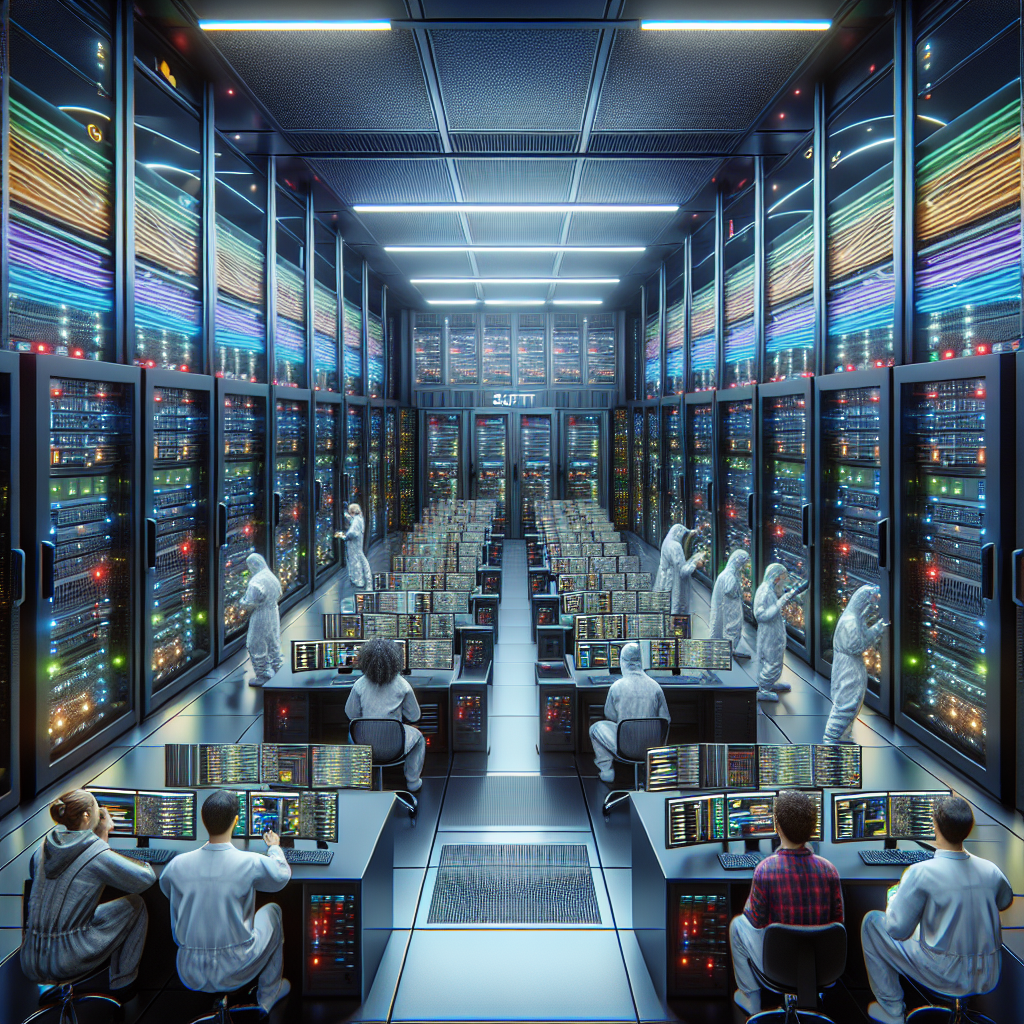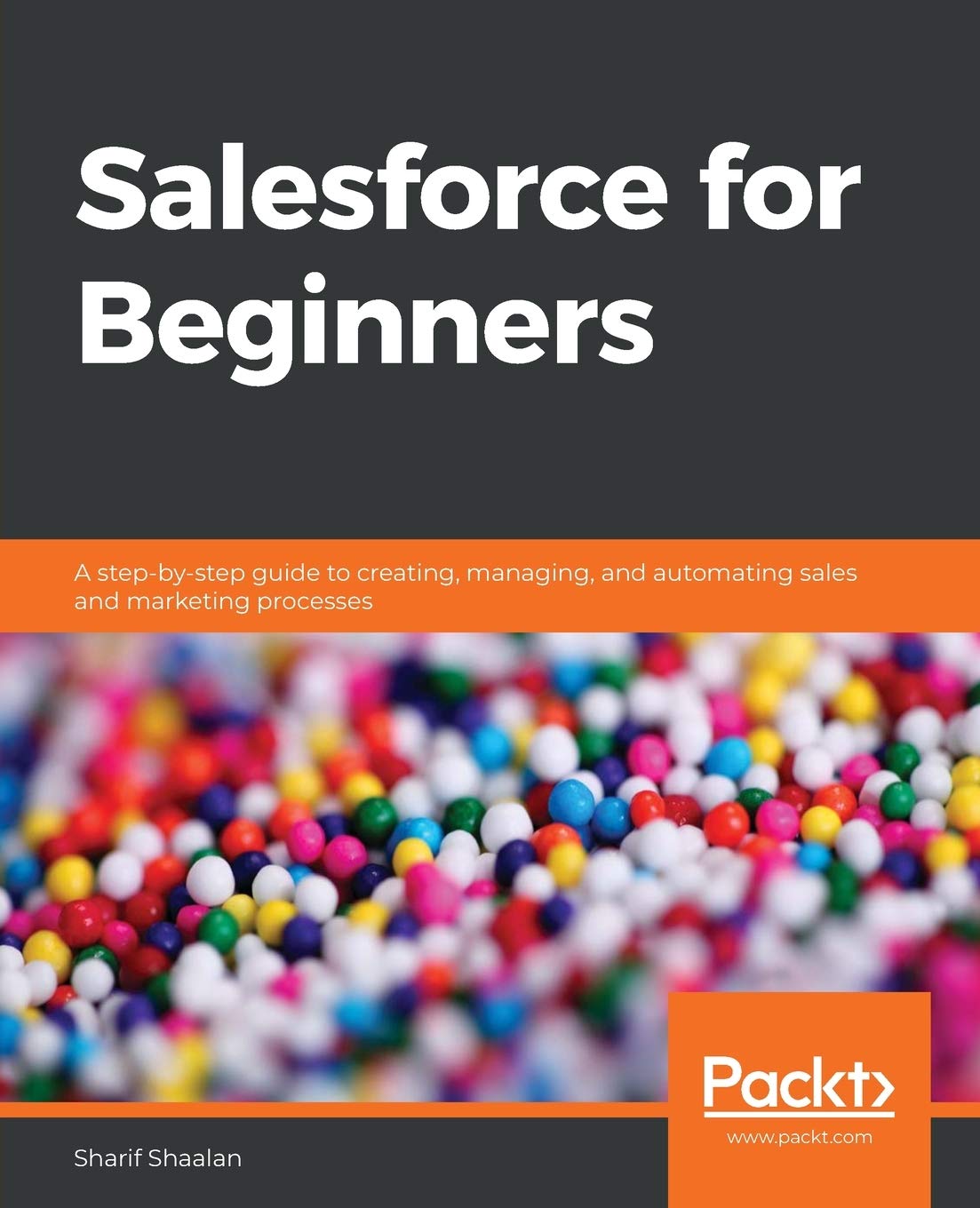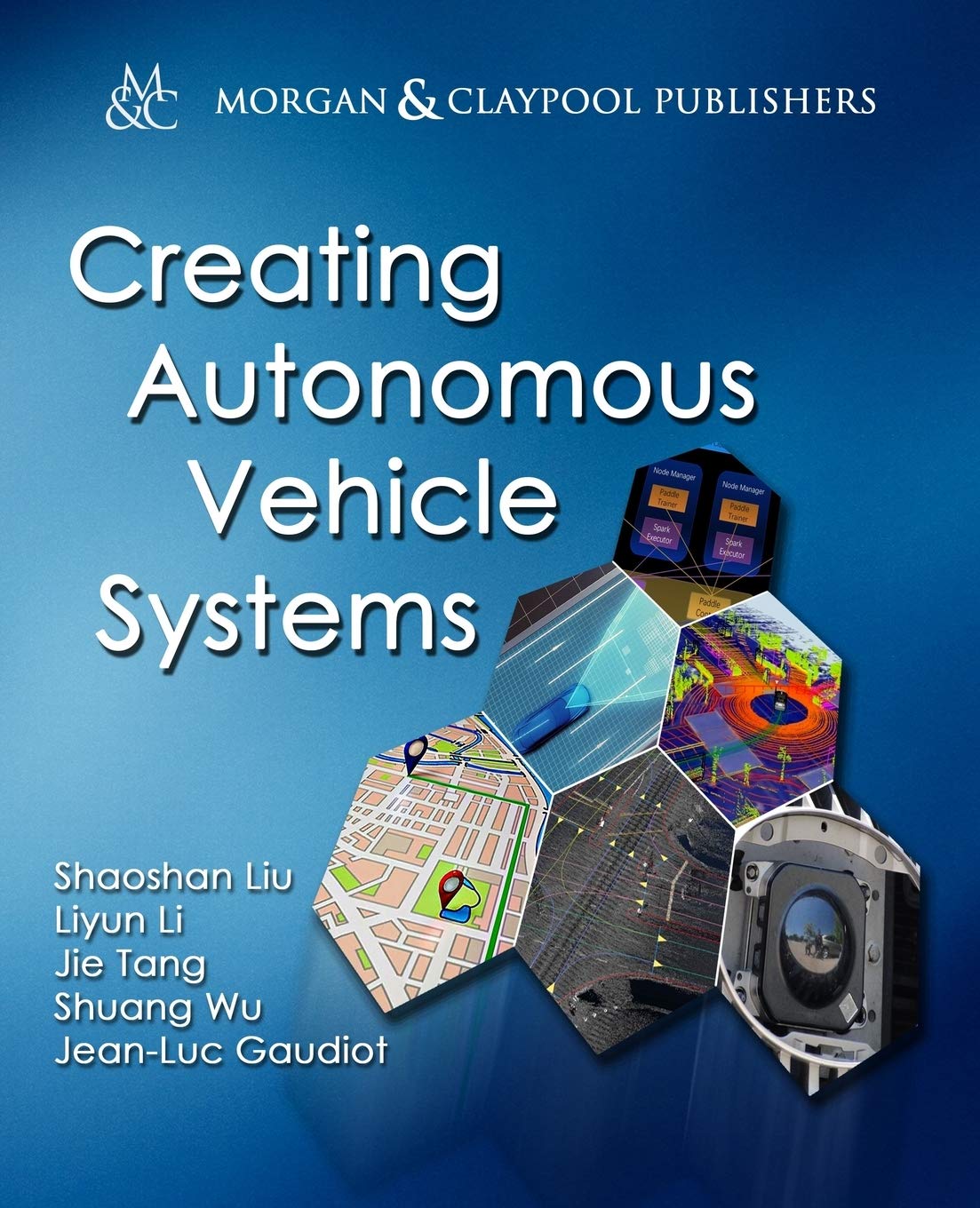Data centers are essential for storing and processing large amounts of data for businesses and organizations. With the increasing dependence on technology, it is crucial to prioritize the safety and security of data center operations. Creating a culture of safety in your data center operations is essential to protect sensitive information, prevent downtime, and ensure the smooth functioning of your business.
One of the key aspects of creating a culture of safety in data center operations is establishing clear safety protocols and procedures. This includes conducting regular safety audits, training employees on safety procedures, and implementing best practices for data center security. By setting clear guidelines and expectations for safety, employees are more likely to prioritize safety in their day-to-day operations.
Another important aspect of creating a culture of safety in data center operations is fostering open communication among employees. Encouraging employees to report any safety concerns or incidents without fear of reprisal is crucial for identifying and addressing potential safety risks. By creating a culture where employees feel comfortable speaking up about safety issues, organizations can proactively address potential risks before they escalate.
Regularly conducting safety drills and simulations is also essential for creating a culture of safety in data center operations. By practicing emergency response procedures, employees can be better prepared to handle potential safety incidents, such as power outages, fires, or natural disasters. Additionally, conducting regular safety drills allows organizations to identify areas for improvement and implement necessary changes to enhance overall safety.
Investing in the necessary safety equipment and technology is another crucial aspect of creating a culture of safety in data center operations. This includes implementing fire suppression systems, emergency lighting, and backup power systems to ensure the safety and security of data center operations. By investing in state-of-the-art safety equipment, organizations can minimize the risk of safety incidents and protect their data center operations from potential disruptions.
In conclusion, creating a culture of safety in data center operations is essential for protecting sensitive information, preventing downtime, and ensuring the smooth functioning of your business. By establishing clear safety protocols and procedures, fostering open communication among employees, conducting regular safety drills, and investing in safety equipment, organizations can prioritize safety in their data center operations. Ultimately, creating a culture of safety in data center operations is crucial for safeguarding the integrity and security of your data center operations.












